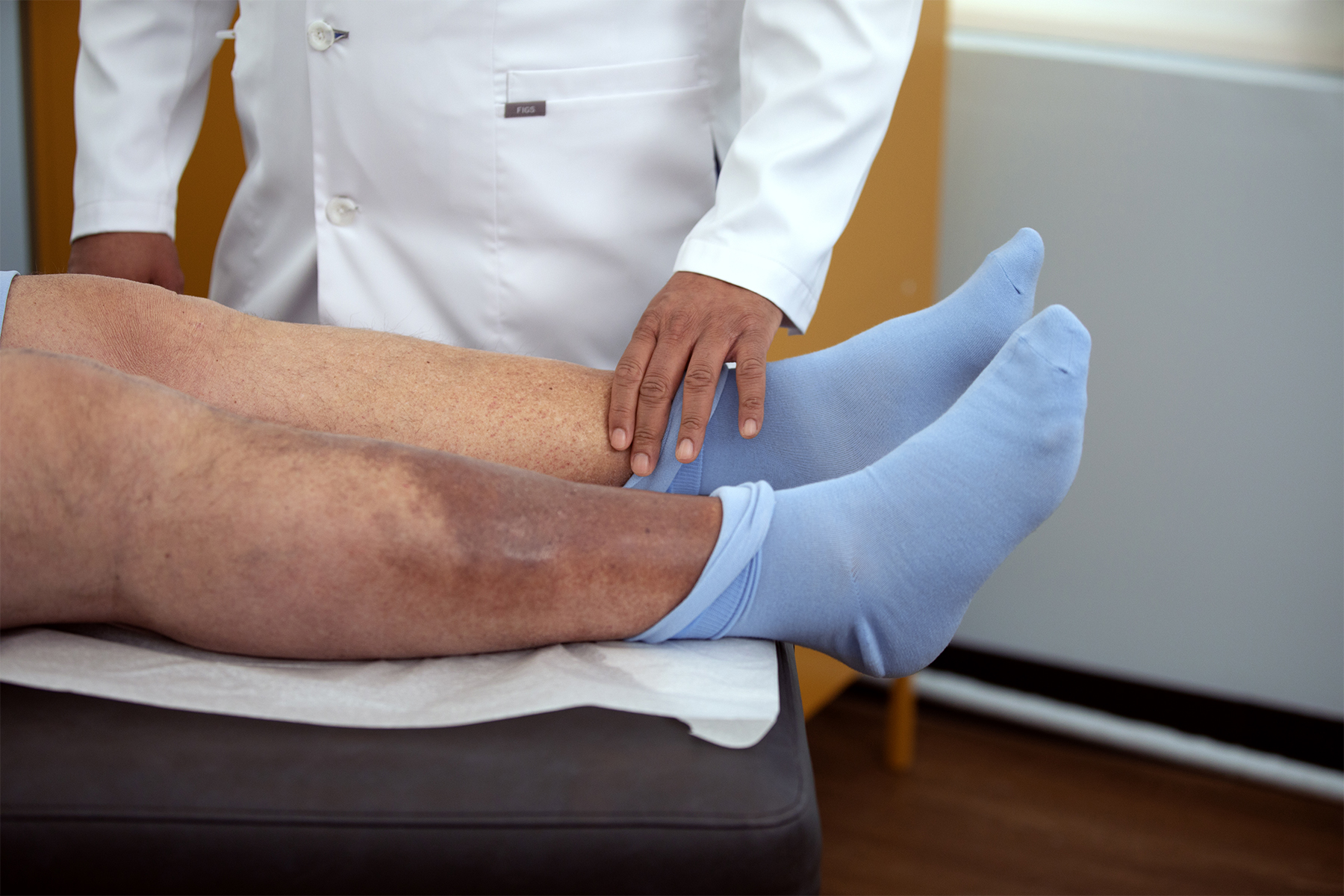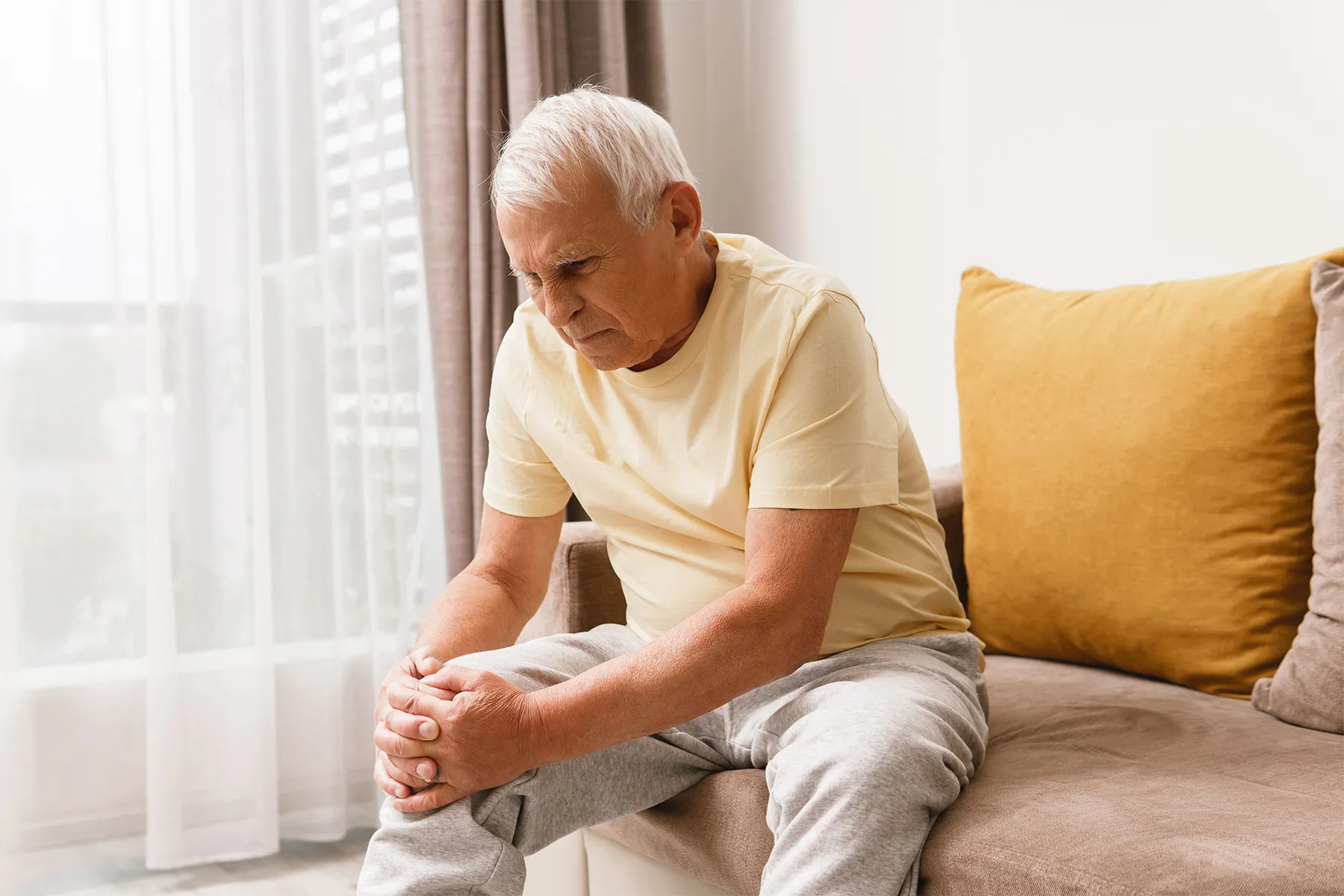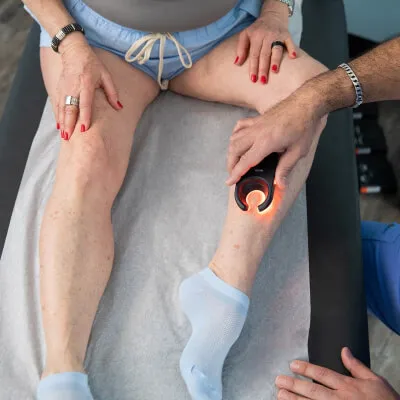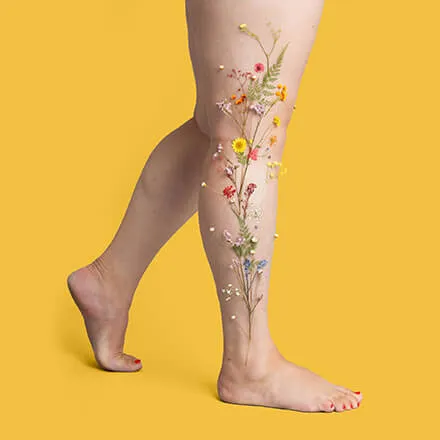Vein health is more than just a cosmetic concern; it's an essential component of your overall well-being. Ignoring vein problems can lead to a cascade of serious health issues, impacting everything from your mobility and comfort to more serious complications. This blog post will discuss seven risks associated with neglecting your vein health, which reinforce the importance of early diagnosis and treatment.
Understanding Vein Disease Progression
Untreated vein conditions tend to worsen over time. What might start as minor discomfort or visible spider veins can progress to more serious problems like varicose veins, edema, or skin changes, like ulcers. This progression can lead to a variety of complications, affecting your quality of life and potentially posing serious health risks.

Chronic Venous Insufficiency Complications
CVI, if left untreated, can lead to a range of debilitating complications. These include:
- Edema (swelling): Fluid buildup in the legs and ankles, causing discomfort and limiting mobility.
- Skin changes: Hyperpigmentation (darkening of the skin), lipodermatosclerosis (hardening and thickening of the skin), and eczema-like rashes.
- Pain: Chronic leg pain, heaviness, and cramping.
- Restless legs syndrome: An irresistible urge to move the legs, often disrupting sleep.
These complications can significantly impact daily activities and reduce your overall quality of life.
Deep Vein Thrombosis
One of the most concerning risks of untreated vein disease is the development of deep vein thrombosis (DVT). DVT occurs when blood clots form in the deep veins of the legs. If you are experiencing the signs of DVT (leg pain, swelling, warmth, and redness) seeking immediate medical attention is crucial.
Pulmonary Embolism
A pulmonary embolism (PE) is a life-threatening condition that develops when a blood clot dislodges and travels to the lungs. Common symptoms include shortness of breath, chest pain, and fainting. If you have any of these symptoms, then you should seek emergency medical care immediately.
Venous Ulcers: A Painful Reality
Venous ulcers are a painful and challenging consequence of untreated CVI. These are slow-healing wounds that typically develop on the lower legs or ankles due to circulatory problems. They can be difficult to treat and are prone to infection. Preventing venous ulcers through early vein care is essential.

Skin Changes and Cosmetic Concerns
While some may view varicose and spider veins as simply cosmetic issues, the skin changes associated with vein disease can be more than just aesthetically displeasing. Addressing the underlying vein condition can be a necessary step to improve skin health and appearance.
Increased Risk of Infections
Compromised vein health can make individuals more susceptible to infections, such as cellulitis. Poor circulation weakens the immune system's ability to fight off infections in the legs. Cellulitis can cause redness, swelling, pain, and fever, requiring antibiotic treatment.
Impact on Quality of Life: More Than Just Physical Symptoms
Untreated vein conditions can significantly affect your quality of life. Chronic pain, swelling and cosmetic changes can limit mobility as well as enjoyment of daily activities. These physical limitations can also take a toll on your mental and emotional well-being as well, possibly leading to anxiety, depression, and social isolation.

The Importance of Early Intervention
Early diagnosis and treatment are priorities in preventing the progression of vein disease and avoiding serious complications. If you're experiencing any symptoms of venous disease, such as leg pain, swelling, varicose veins, or skin changes, don't hesitate to seek medical attention.
Don't ignore the signs - schedule your free, comprehensive vein health assessment today.
Frequently Asked Questions
How quickly can untreated varicose veins progress to more serious vein conditions?
The rate of progression varies depending on individual factors, but untreated varicose veins can lead to complications over time. It's best to seek treatment early to prevent progression.
What are the early warning signs that a vein condition is becoming dangerous?
Signs like sudden leg swelling, pain, warmth, redness, or the development of skin ulcers could indicate a more serious problem like DVT or a worsening of CVI. Seek immediate medical attention if you experience these symptoms.
Can lifestyle changes alone prevent the progression of untreated vein disease?
While lifestyle changes like exercise, weight management, and compression therapy can help manage symptoms and may help slow progression, they may not be enough to completely prevent complications in all cases. Medical treatment may be necessary.
How does obesity impact the risks associated with untreated vein conditions?
Obesity and other lifestyle factors can increase the risks associated with untreated vein conditions. Excess weight puts additional pressure on the veins, making it harder for them to circulate blood effectively and increasing the likelihood of developing DVT, CVI, and other complications.

Dr. Philip LoPresti
Meet Dr. Philip LoPresti DO, DABVLM, FACS, a board-certified vein specialist and surgeon with over 20 years of experience. Schedule an appointment with him in Queens, NY today.
Meet Dr. Philip LoPresti
Trusted insight from the nationally accredited, board-certified vein doctors at Metro Vein Centers.






